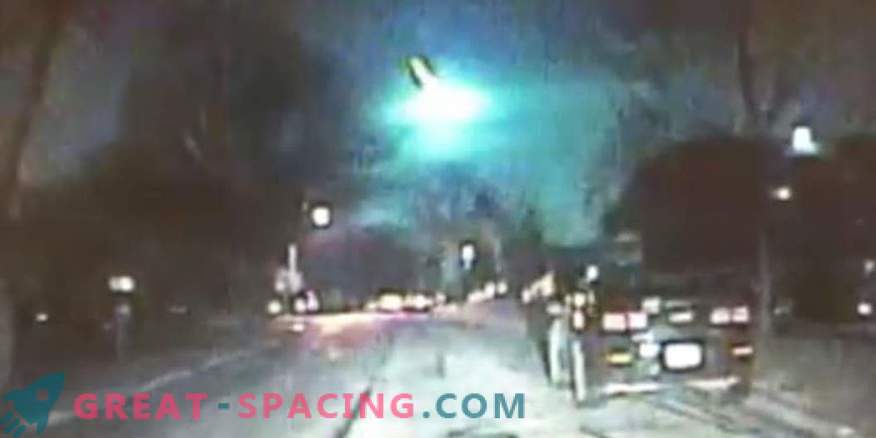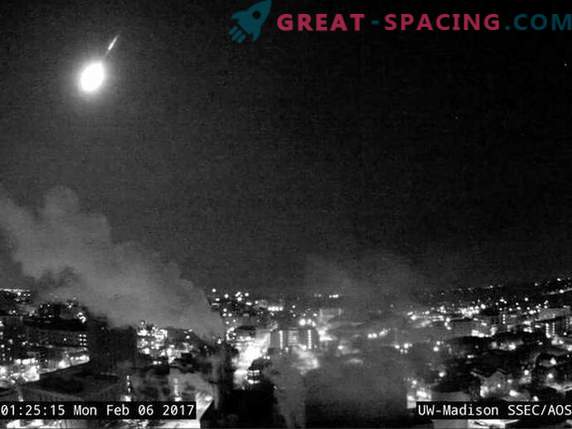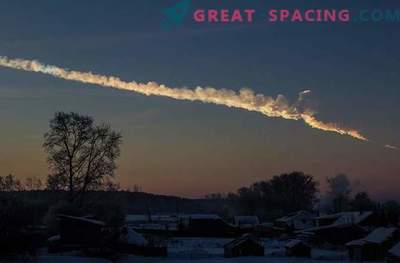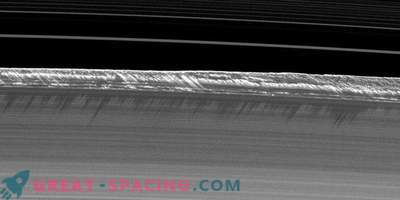
The space stone was spotted 10-20 miles north of the city.
A brilliant bright green meteor flashed in the sky early in the morning (February 6) and probably left some debris in Lake Michigan.
Most likely, it burned at an altitude of 10–20 miles (16–32 km) north of Milwaukee and about 100 miles (160 km) north of Chicago. Over 220 people sent reports to the American Meteorological Community (AMS), confirming that they saw a fireball at 1:25 at night.
Most reports came from Chicago and Milwaukee, but in addition, there were witnesses in Michigan, Indiana, Ohio, Iowa, New York, Kentucky, Minnesota, and Ontario. Dozens of videos of the burning ball have appeared on the Internet, which are studied in AMS.
One of the videos was made by Jim Dexter of Lyle, Illinois Police Department. He noticed a bright flash moving across the sky and quickly turned on the camera on the dashboard of the car.

A bright meteor was spotted over Lake Michigan at 1:25 am local time on February 6, 2017. The event was captured by a camera on the campus of the University of Wisconsin-Madison “In our profession, we see so many things that remain inaccessible to the public,” says Dexter. “Sometimes it's good and sometimes it's bad.” I’m just glad I’ve managed to film it for a general review. ”
Another video was made by a camera on the roof of the university. Various surveys show that the meteorite was incredibly bright, which means it can be classified as a “fireball”.
“The cameras show that a meteor appeared 62 miles (100 km) above West Bend (WI) and headed northeast at a speed of 38,000 miles per hour (61155 km / h),” - a post on the NASA page. It is assumed that it broke up into smaller pieces “21 miles (34 km) above Lake Michigan and about 9 miles (14 km) east of the city of Newton.”
The fall also produced a sonic boom (this happens when an object moves faster than sound waves in the atmosphere). Meteorites create such impacts only when they linger for a long enough time to walk at relatively low altitudes, where the earth's atmosphere is denser. Most objects do not create sonic beats. This sound was recorded at the infrasound station in Manitoba (Canada). NASA writes that the explosive decay of a meteor released energy of 10 tons in TNT equivalent. This information helps scientists learn more about how stones fall in the atmosphere. This object was supposed to weigh at least 600 pounds (272 kg) and 2 feet (0.6 m) in diameter.
Usually quite large objects fly over the US 3-4 times a year. They can also be tracked using the Milwaukee National Meteorological Service radar. The office created a radar image showing the possible location of a meteor over Lake Michigan at 1:31 am. Meteorologist Sarah Marquardt says that radar instruments probably identified the cosmic stone after it broke up into very small pieces. The instruments are designed to detect water droplets, but the radar showed that there is no ice in these fragments.











































